Delhi’s road network, on paper, puts most other larger cities in India to shame. A radial design, converging at the Ring Road, seamlessly connects satellite towns Gurugram, Noida, and Ghaziabad to the Capital. Over 18,594km of expressways and highways stitch the National Capital Region (NCR) into one of the country’s most integrated systems.
The total road length in Delhi is, in fact, more than double that of any other Indian town. The city’s total road network is 33,198km, with Bengaluru, which has a road length of 14,000km, a distant second. It is followed by Kolkata with 4,018km, Hyderabad with 3,349km, Chennai with 2,780km and Mumbai with 1,941km, as of 2023.
But beneath Delhi’s infrastructural sheen lies a bitter truth: the roads are bursting at the seams.
According to the government portal Parivahan, Delhi had nearly eight million registered vehicles in 2023 — one for every two registered voters.
The imbalance is staggering, especially when seen against the relatively static road network. Between 1981 and 2023, the number of vehicles in the city increased 21 times, but the road length barely doubled – from 15,487km to 33,198km, according to Delhi traffic police’s Road Crash Report 2023.
The chasm is further exacerbated by the fact that 92.7% of the city’s vehicular population are private cars and two-wheelers. Buses of all categories, the lifeline for millions of people in the city, account for a negligible 0.21%.
Experts warn that this uninhibited growth in private cars has pushed the city’s road network to a tipping point.
“The Capital faces the challenge of managing a massive influx of traffic from highways, which is then discharged on Ring Road and Outer Ring Road. Highways and arterial roads have exceeded their carrying capacity, and the influx of vehicles from over 100 entry points daily only worsens the situation,” said S Velmurugan, chief scientist and head of the traffic engineering and safety division at the Central Road Research Institute (CRRI). “This also makes it difficult to ascertain actual traffic volume in Delhi.”
Even the Delhi Metro, with its expansive 393km network, struggles to ease the load. “Despite the Metro’s presence, congestion remains a daily ordeal, leading to longer commutes, pollution, and wasteful fuel consumption,” Velmurugan added.
Another problem that cripples the road network in Delhi is the lack of proper zoning. In metropolises such as Mumbai or Bengaluru, there is a clear demarcation of commercial, industrial, and residential areas, creating predictable traffic flows. In Mumbai for instance, the local train network ferries millions from the city’s residential north to the commercial south in the morning. The reverse plays out in the evening.
But Delhi’s mixed-use planning ensures that traffic snarls persist at all hours.
Take Connaught Place, for instance. Known as a commercial hub, it also houses offices and residences, attracting vehicles from every corner of the city throughout the day.
Former Delhi Development Authority (DDA) officials explain that the need for “mixed land-use” development was felt after commercial activities grew many fold in the wake of the privatisation initiatives in 1990-1991. Mixed-use planning was officially adopted in the 2007 Master Plan, but experts argue it was poorly implemented.
“Private institutes, coaching centres, and shops began mushrooming in villages such as Jia Sarai and Kalu Sarai near IIT Delhi, Laxmi Nagar and Mukherjee Nagar by the late 1990s. This transition was hastily embraced by property owners to maximise rentals, but civic agencies failed to provide adequate infrastructure like parking and drainage,” explains AK Jain, one of the first DDA commissioners.
The result? Residential neighbourhoods near colleges such as Laxmi Nagar and Mukherjee Nagar are now choked with traffic, with streets doubling as parking lots for cars and two-wheelers.
The massive ballooning of cars in Delhi has led to the creation of another nightmare – parking.
In regions with high car ownership such as south and west Delhi, parked cars line the roads, barely leaving a single lane for the movement of vehicles. In areas such as east and northeast Delhi, narrow lanes are clogged by thousands of autos and e-rickshaws, which are used by millions in the absence of a clear strategy to provide last-mile connectivity.
Attempts to regulate parking have largely failed. Retrofitting measures multilevel parking structures remain underutilised, while on-street parking continues to consume valuable road space.
Anuj Malhotra, an urban planner who worked on multiple projects in Delhi and is now general manager of Srinagar Smart City Ltd, stresses the need for a wider, city-wide approach, rather than makeshift solutions. “Pilots to formalise on-street parking have been inconsistent. In any case, such projects can only be successful once there’s full implementation within a stipulated time frame.”
Adding to the chaos, buses often park along roads, creating bottlenecks.
At terminals like Anand Vihar and Sarai Kale Khan, buses idle for hours, waiting to fill seats. In residential parts of the city such as RK Puram, Vasant Kunj, Pitam Pura, Rohini and others, school buses occupy streets during pick-up and drop-off hours, forcing traffic to a crawl.
“Delhi does not have a single peak hour timing. There is heavy traffic during the morning hours due to schools and then due to the office hours. By the time office rush hour ends, school dispersal traffic begins. Once that settles, people start leaving offices by early evening, which goes on till at least 8pm. All these need to be juggled with VIP movement, special events, festivals and vehicle breakdowns,” said a senior traffic official.
Delhi’s aging fleet of buses adds another layer of frustration. With frequent breakdowns — averaging five to seven a day — major corridors like the Ring Road and Mathura Road often become parking lots of stranded vehicles.
In 2023, 486 bus breakdowns were reported by September, a slight improvement from 488 in 2022 but still alarming. “Each breakdown causes ripple effects, delaying thousands of commuters,” notes the traffic police official.
Unregulated bus stops worsen the situation, according to residents. “Near the Okhla NSIC metro station, it is a daily affair for buses to drop off passengers in the middle of the roads. This area already has heavy traffic because of autos and e-rickshaws that occupy half the road. Huge buses stopping even for two minutes add several minutes of waiting time for others,” said Sarita Vihar resident Sanjukta Banerjee.
If vehicles aren’t causing gridlock, perpetual construction is. From flyover repairs to waterline projects, Delhi’s roads are in a constant state of upheaval. Major routes, especially sections of the Ring Road and Outer Ring Road, have been under repair for years, forcing residents to plan trips with generous buffers.
“Travelling along the Ring Road has been a traffic nightmare in the last couple of years. First, there were repairs near the IIT flyover. Then, the Ashram flyover was being constructed. After that, repairs started on the Chirag Delhi flyover, and now after the last monsoon, the entire Ring Road is damaged. There is no time during the day when traffic is low or there is gridlock at some point,” said Chetan Sharma, chairman of Federation of GK-II complex RWAs.
The root of the problem lies in Delhi’s fragmented governance. With up to 14 agencies involved in road work, coordination is virtually non-existent. Agencies like the Delhi Jal Board and telecom companies dig up roads without consulting each other, leaving commuters to bear the brunt of their inefficiency.
Throwing a spanner in the already chaotic condition on the road is the battle for control between Delhi’s elected government and the lieutenant governor. Bureaucratic delays, fuelled by this political prolonged power struggle between the elected Aam Aadmi Party government on one side and the Bharatiya Janata Party and the LG on the other, have stalled major infrastructure projects.
A finance department bottleneck has meant that only minor repairs get approved, leaving comprehensive road-strengthening plans in limbo. “The constant tug-of-war between the LG and the Delhi government has paralysed decision-making,” said an official from the Public Works Department.
Experts agree that piecemeal measures won’t solve Delhi’s traffic nightmare. A unified authority to streamline planning and execution is essential. Expanding public transport, improving last-mile connectivity, and implementing strict parking regulations could ease the burden.
For now, Delhi remains a city gridlocked, its roads a daily torment for its residents. Without bold action, the traffic crisis threatens to become the defining issue of the city’s political and civic future.
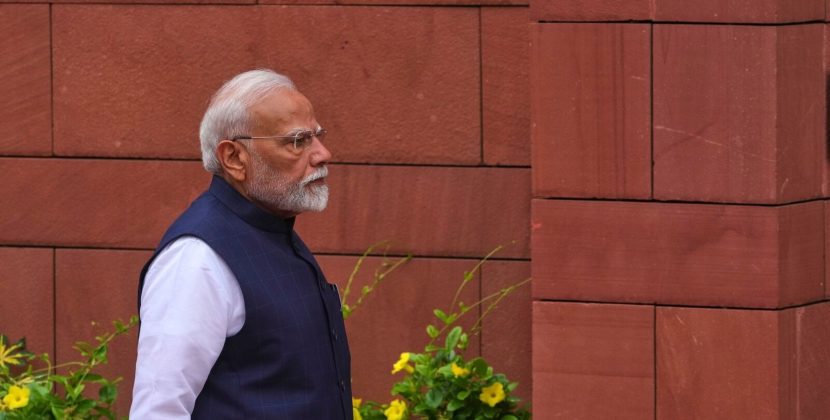

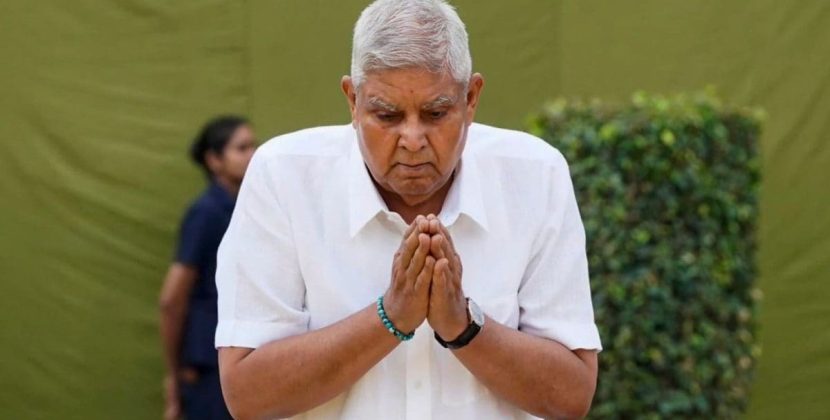
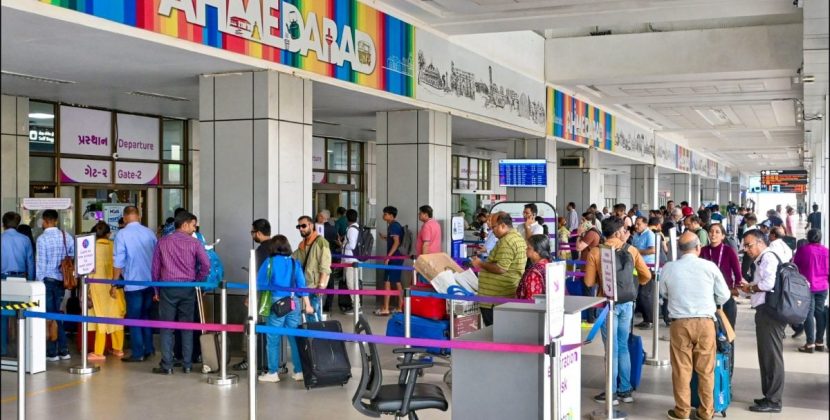






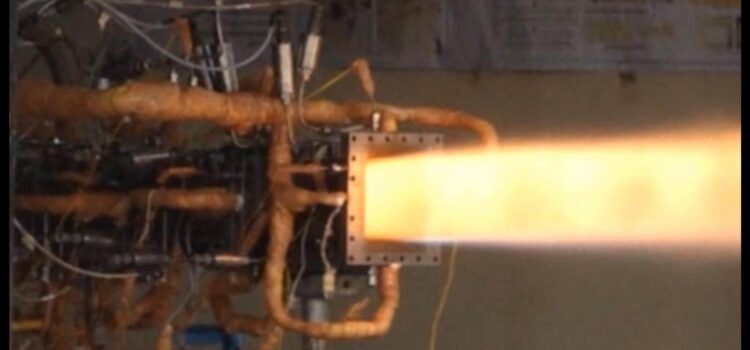
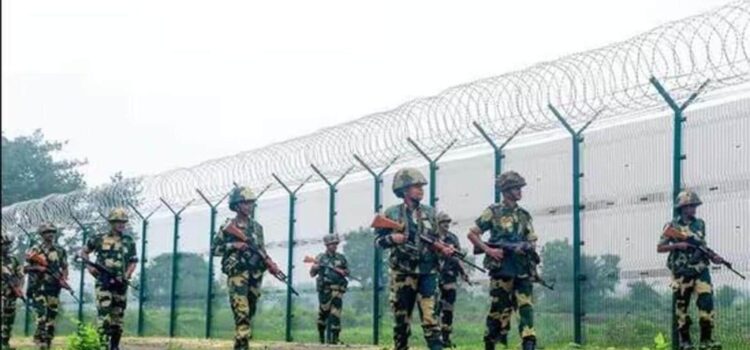


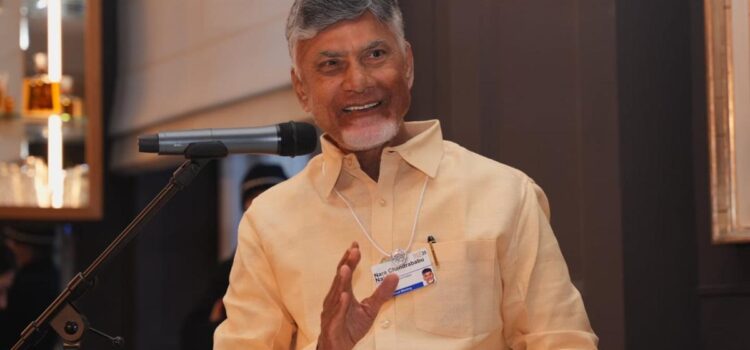

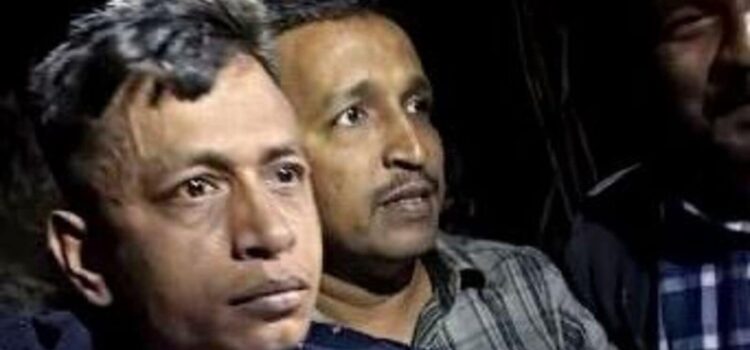

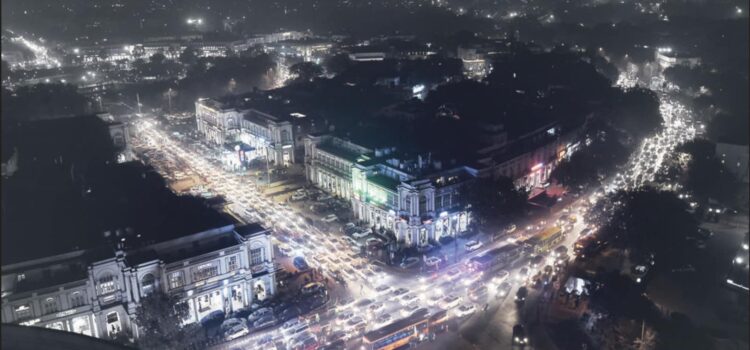

Comments